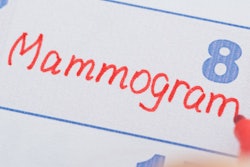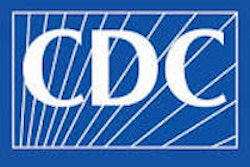Sunday, November 27 | 11:05 a.m.-11:15 a.m. | SSA01-03 | Arie Crown Theater
Researchers in the Netherlands have found that women at higher risk for breast cancer who are regularly screened with breast MRI don't need to also be screened with mammography.Screening guidelines in the Netherlands state that women at increased risk of breast cancer should have supplemental mammography from the age of 30. But a team led by presenter Suzan Vreemann of Radboud University Medical Center in Nijmegen sought to investigate whether mammography is needed in this population when breast MRI is available.
The group analyzed 9,582 screening breast MRI exams and 6,555 screening mammograms acquired in almost 2,776 women who were screened between January 2003 and January 2014. In this cohort, 179 cancers were found, 137 of which were detected through screening, according to Vreemann and colleagues.
Of these 137 cancers, 13 were identified by mammography alone, for a detection rate of two cancers per 1,000 screening mammograms. Of the 13, eight were ductal carcinoma in situ (DCIS). Twelve of the 13 were found in women older than 40, three were in BRCA mutation carriers, and two were in women older than 50 with DCIS.
These results led the researchers to conclude that the added value of mammography for screening high-risk women is limited, as only 9% of cancers found at screening were identified by mammography alone, and most of these were DCIS.
"There is no ground for mammography on top of MRI for early detection of breast cancer in women at increased risk below the age of 40," they concluded. "In older women, the added value is still very limited."



















